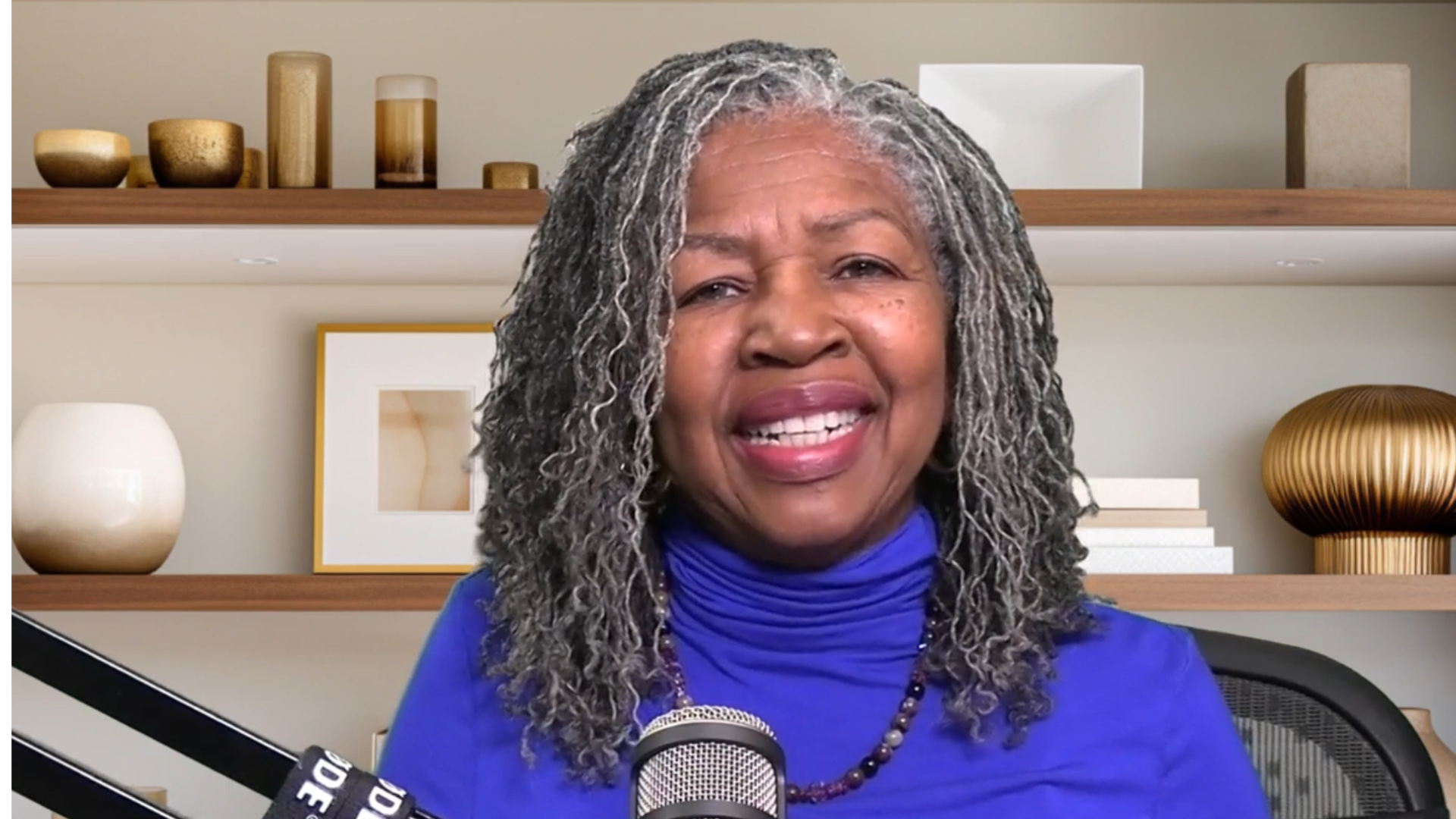Covert Narcissism: Evidence Challenges in Child Custody
Parents face numerous evidence challenges in custody cases with covert narcissists. Unlike cases with obvious abuse, the harmful patterns of covert narcissists are subtle and carefully disguised. These behaviors often occur behind closed doors without witnesses. As a result, gathering compelling, court-admissible evidence becomes extremely difficult. This article—the second in our three-part series—explores these specific evidentiary challenges and why traditional legal approaches often fail.
Key Take Aways
- The private nature of covert narcissistic behavior creates significant evidence barriers in family court
- Children’s complex loyalty dynamics frequently prevent them from providing direct testimony
- Psychological manipulation cases lack physical evidence and therefore require different documentation approaches
- Covert narcissists excel at creating seemingly reasonable records while hiding their manipulative intent
- Courts structurally prefer tangible evidence over psychological patterns, which disadvantages the targeted parent
- Building an effective case requires understanding these unique challenges and developing strategic documentation methods.
Harmful Behaviors Without Witnesses
The most significant evidence challenge in custody cases with covert narcissists involves their damaging behaviors occurring without witnesses. Unlike overt abusers who might publicly display inappropriate behavior, covert narcissists maintain strict control over their public image.
Behind closed doors, however, they may engage in various harmful behaviors. These often include subtle denigration of the other parent and psychological manipulation of children. Furthermore, they might withdraw emotionally when children show affection for the other parent or invasively question about the other parent’s activities. Additionally, they may share developmentally inappropriate adult concerns with children or violate boundaries under the guise of closeness.
These behaviors cause lasting psychological impacts but happen in private settings where only children are present. Without adult witnesses, contemporary evidence, or recordings (which may be legally problematic), these patterns become nearly impossible to prove directly.
Consequently, the targeted parent faces a difficult position. They must try to explain behaviors they’ve never personally witnessed. Nevertheless, they have strong reasons to believe these behaviors occur based on changes in their children’s behavior, statements, or emotional state after time with the covert narcissist.
The Child’s Dilemma: Loyalty Binds and Disclosure Hesitancy
Children caught between a covert narcissist and a healthier parent face tremendous psychological pressure. This pressure often prevents them from providing clear evidence about their experiences.
Several factors contribute to children’s reluctance to disclose problematic behaviors. First, they fear disappointing or losing the narcissistic parent’s conditional love. Second, they desire to protect both parents from conflict. Third, they may not recognize manipulation due to normalization of unhealthy dynamics. Moreover, they have age-appropriate cognitive limitations in understanding complex adult behaviors. Additionally, they face direct or indirect pressure from the narcissistic parent to maintain secrecy. Furthermore, they worry about betraying confidences or “taking sides.” Finally, they anticipate not being believed if their account contradicts the narcissist’s narrative.
Even when children do disclose concerning information, they often later retract these statements. This typically happens when they realize the potential consequences or after pressure from the narcissistic parent. As a result, this inconsistency further undermines their credibility in legal settings where consistency is valued.
Courts rightfully avoid placing children in positions where they must “testify” against a parent. While protective measures like in-camera interviews exist, these brief interactions rarely reveal subtle psychological dynamics. This is especially true when children have been conditioned to keep family secrets.
The Invisibility of Emotional Abuse: No Physical Abuse
Unlike physical abuse cases, emotional abuse and psychological manipulation leave no visible marks. Instead, the damage occurs in relationship patterns, psychological development, and emotional well-being. Therefore, these areas are challenging to document in ways family courts find compelling.
This invisibility creates several evidentiary problems for parents dealing with evidence challenges in custody cases with covert narcissists. First, the absence of “hard evidence” can make allegations appear speculative. Second, psychological impacts may not manifest immediately or may initially present as common childhood adjustments. Third, children may internalize rather than externalize their distress. Additionally, behavioral changes might be attributed to general divorce stress rather than specific parental behaviors. Furthermore, conveying the cumulative impact of seemingly minor incidents is difficult. Finally, professional evaluations may miss subtle dynamics without extensive history and observation.
Without tangible evidence, targeted parents often cannot meet the burden of proof required in legal proceedings. This remains true even when the psychological harm to children is real and significant.
The Façade of Reasonableness: Deceptive Communication Patterns
Perhaps the most sophisticated aspect of covert narcissism is creating records that appear entirely reasonable on surface examination. Text messages, emails, and other written communications often display a tone of cooperation and child-focus that contradicts their actual behavior.
Common patterns include excessive documentation of minor issues to create an appearance of concern. They also carefully word messages with subtle provocations while maintaining plausible deniability. Moreover, they strategically time communications to maximize inconvenience or stress. Additionally, they selectively omit critical information while maintaining technical compliance with court orders. Furthermore, they use apparently collaborative language while actually undermining co-parenting. Finally, they show superficial willingness to “discuss” issues while never actually resolving them.
When presented in court, these communications may appear reasonable or even exemplary to judges. Many judges don’t recognize the manipulative patterns embedded within them or understand their context. As a result, the covert narcissist can present these communications as evidence of their cooperative approach. Meanwhile, the targeted parent struggles to explain the disconnect between these written records and actual behavior.

Manufactured Instability: Setting The Other Parent Up to Fail
Covert narcissists frequently engage in strategic behaviors designed to provoke emotional responses from the other parent. These create situations where the targeted parent appears unstable or unreasonable. Subsequently, these manufactured scenarios generate evidence that undermines the targeted parent’s credibility and position.
Common tactics include making last-minute changes to plans that create practical difficulties. They also withhold critical information about children’s needs, activities, or health. Furthermore, they create situations where the targeted parent must choose between impossible alternatives. Moreover, they provoke the targeted parent in private, then record or document their response. Additionally, they make unsubstantiated allegations that require defensive responses. Finally, they triangulate children, family members, or professionals against the targeted parent.
These tactics are particularly effective because they exploit the targeted parent’s natural concern for their children. When repeatedly placed in no-win situations regarding their children’s needs, emotional responses are normal. However, these very responses are then used as evidence of instability.
Unfortunately, courts rarely have the time or insight to identify these patterns of provocation. Instead, they see only isolated incidents of apparent conflict or emotionality from the targeted parent. They fail to recognize the orchestrated nature of these situations.
The Pattern Problem: Recognizing Ongoing Behaviors in Family Court
Family courts typically operate on an incident-based evidentiary model. They examine specific events rather than psychological patterns developed over time. Consequently, this structure fundamentally disadvantages parents dealing with evidence challenges in custody cases with covert narcissists, whose harmful behaviors manifest as patterns rather than isolated incidents.
Effectively documenting these patterns requires consistent, detailed records maintained over extended periods. It also needs recognition of subtle connections between seemingly unrelated incidents. Additionally, it requires documentation of frequency, intensity, and escalation of behaviors. Furthermore, context helps understand how individual behaviors fit into larger patterns. Finally, evidence of impact over time rather than immediate consequences is essential.
Most targeted parents don’t begin comprehensive documentation until well into the relationship breakdown. By that point, critical historical evidence has been lost. Even with diligent record-keeping, translating these complex patterns into compelling legal evidence remains challenging. This is especially true when court time is limited and judges manage heavy dockets.
The Structural Bias: Recognizing Ongoing Behaviors In Family Court
The family court system is structurally designed to evaluate factual disputes through tangible, contemporaneous evidence. This orientation creates inherent challenges when issues involve subtle psychological dynamics rather than concrete incidents.
Several systemic factors compound these evidentiary challenges in cases involving evidence challenges in custody cases with covert narcissists. First, courts have limited time for examining complex relationship patterns. Second, judicial familiarity with psychological concepts like covert narcissism varies greatly. Third, restricting parenting time requires a higher standard of proof. Moreover, professional opinions are preferred over firsthand parental observations. Additionally, courts are reluctant to make determinations about psychological motivations. Finally, there is structural pressure toward settlement and co-parenting regardless of dynamics.
Despite best intentions, the result is a system that often struggles to recognize and address the unique challenges presented by covert narcissism in parenting relationships.
Overcoming the Challenges: Building a Different Kind of Case
Successfully navigating these evidentiary challenges requires a strategic approach. This approach must recognize the limitations of traditional evidence while building compelling alternative documentation. While our third article will cover a comprehensive strategy, key principles include focusing on patterns rather than isolated incidents.
Another important principle involves documenting impact on children rather than parental behavior alone. Furthermore, building a team of informed professionals who understand family dynamics is crucial. Additionally, creating contemporaneous records before litigation becomes likely helps build your case. Moreover, developing objective metrics for evaluating subjective experiences provides stronger evidence. Finally, learning to identify and preserve evidence of manipulation strengthens your position.
By understanding the unique evidence challenges in custody cases with covert narcissists, targeted parents can develop more effective documentation strategies. These strategies better capture the reality of their children’s experiences.
The Path Forward
While the evidentiary challenges are significant, courts are gradually developing greater sophistication in recognizing these complex dynamics. Increased judicial education, specialized assessment tools, and evolving legal standards are creating more opportunities. These improvements help properly identify and address these patterns.
In the meantime, parents facing these challenges need practical strategies for documentation and emotional support. Our final article in this series will provide concrete tools and approaches. These will help build a compelling case despite these evidentiary challenges.
Of most importance is that you educate yourself on the subject of covert narcissism. An article that provides solid background information is: How to Recognize a Covert Narcissist by Jodi Clarke, MA, LPC/MHSP.
About This Series
This article is the second in our three-part series on navigating child custody cases involving covert narcissism:
- Covert Narcissism In Child Custody Battles: How it Operates
- The Invisible Battle: Evidence Challenges When Facing a Covert Narcissist in Family Court – Exploring the unique evidentiary obstacles in these cases
- Coming Soon: Practical Strategies for Documentation and Advocacy – Concrete approaches for building a compelling case despite these challenges.
Ready to Develop Your Evidence Strategy?
Understanding these challenges is just the first step. Our Essential Child Custody Documents Checklist Course provides comprehensive guidance on gathering the right evidence. It also helps you organize your case and present your concerns effectively to the court.
This online course includes strategic approaches to documenting pattern behavior and templates for tracking problematic interactions. Additionally, it offers guidance on working effectively with custody evaluators and methods for preserving digital evidence. Furthermore, it provides expert insights on translating your experiences into compelling legal arguments.
Don’t face these complex evidence challenges in custody cases with covert narcissists alone. Enroll today and gain the tools you need to effectively advocate for your children’s wellbeing.
FAQ's
1. How can I document a covert narcissist's manipulative behavior when it happens in private?
2. Will the court recognize psychological manipulation as abuse without physical evidence?
3. How do I respond to the covert narcissist's seemingly reasonable written communications that hide manipulative intent?

About Esther
Esther C. Moore is a family law attorney with over 27 years of experience, including high-conflict child custody and divorce cases. As the CEO of All Rise Solutions, LLC, Esther provides coaching, online courses, and resources to help individuals navigate the legal system when dealing with complex family law matters, including mediation in high-conflict divorce. With a deep understanding of how narcissistic dynamics impact custody and divorce proceedings, Esther is committed to empowering individuals with the knowledge and tools they need to protect their rights.






